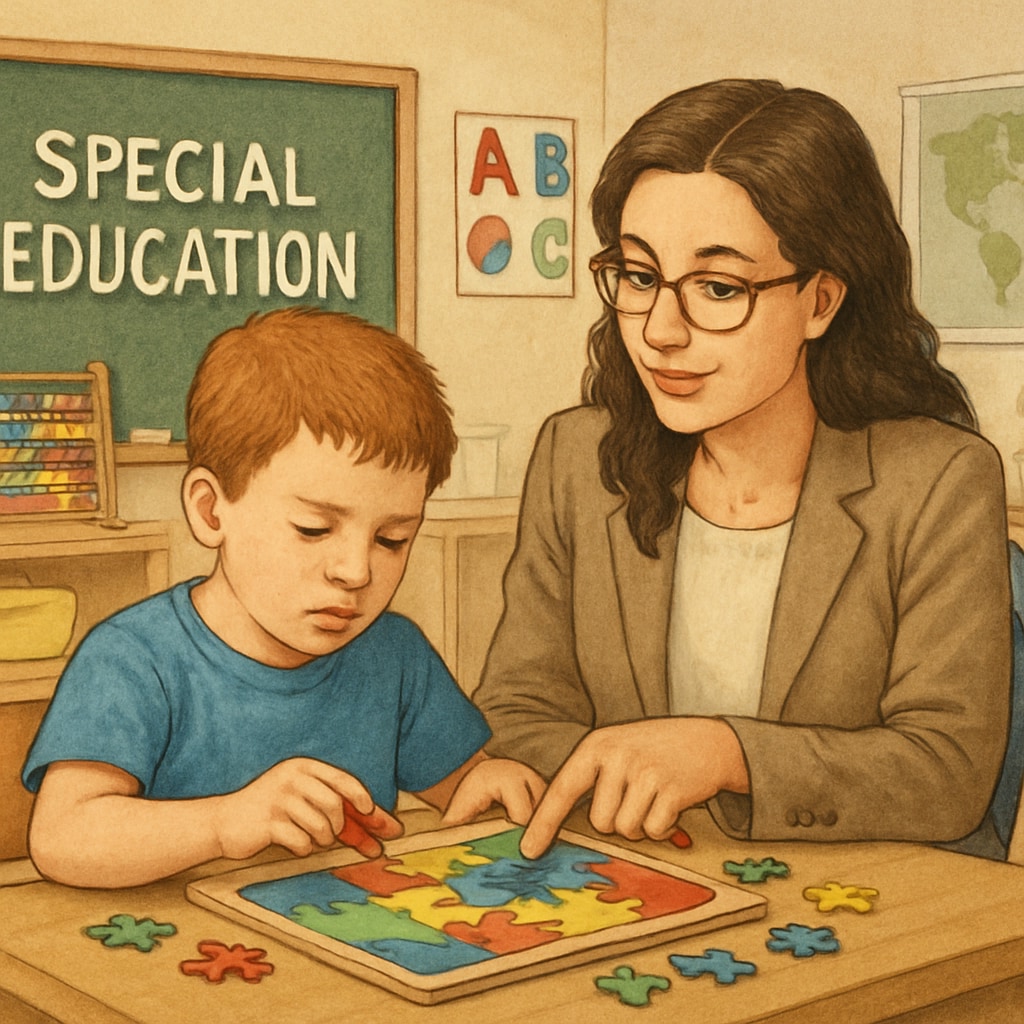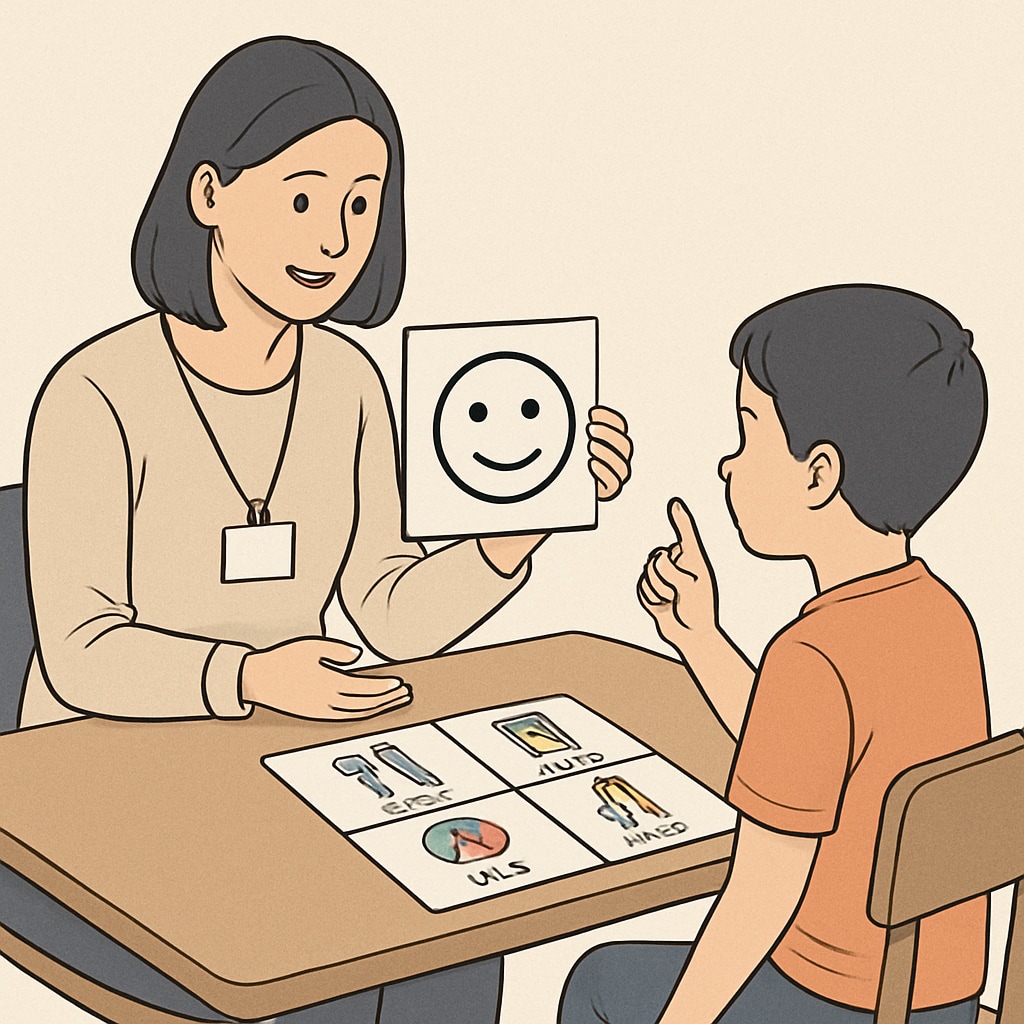Working in special education as a teaching assistant offers a unique and rewarding experience, particularly when supporting children on the autism spectrum. This role requires not only technical skills but also emotional resilience and a deep sense of empathy. For those considering a career in this field, understanding the challenges and preparing for the responsibilities is essential.
Understanding Special Education and the Role of a Teaching Assistant
Special education focuses on meeting the diverse needs of children who require additional support, such as those with autism spectrum disorder (ASD). Teaching assistants play a vital role in creating an inclusive environment where these children can thrive. They collaborate with lead teachers, implement individualized education plans (IEPs), and provide one-on-one or group support to students.
For example, teaching assistants may help children with ASD improve their social skills, regulate emotions, and engage in classroom activities. This requires patience, creativity, and a strong understanding of each child’s unique needs. According to the Wikipedia page on Special Education, early and tailored support significantly improves outcomes for children with disabilities, highlighting the importance of the teaching assistant’s role.

Preparing for the Challenges of Working with Autism Spectrum Children
Before stepping into a special education classroom, it’s important to understand the unique challenges of working with autism spectrum children. These challenges might include managing sensory sensitivities, adapting teaching methods to suit different learning styles, and addressing behavioral issues. However, with the right preparation, these obstacles can become opportunities to make a meaningful difference.
Here are some key steps to prepare for the role:
- Build foundational knowledge: Learn about autism spectrum disorder, its characteristics, and evidence-based interventions. Resources such as the Britannica article on autism provide in-depth information.
- Gain practical experience: Volunteer at special education schools or attend workshops to understand the day-to-day responsibilities of a teaching assistant.
- Develop emotional resilience: Working with children with ASD can be emotionally demanding. Practice self-care and seek support from colleagues when needed.
Additionally, open communication with the classroom teacher, parents, and other professionals is essential to ensure consistency in the child’s support plan.

The Rewards of Becoming a Special Education Teaching Assistant
While the role comes with its challenges, the rewards of being a teaching assistant in special education are profound. Watching a child with autism achieve milestones, no matter how small, can be incredibly fulfilling. These moments reaffirm the importance of your work and motivate you to continue making a difference.
Moreover, the skills and experiences gained in this role can open doors to further opportunities in the field of education or therapy. Many teaching assistants go on to become special education teachers, speech therapists, or behavior analysts, making this role an excellent starting point for a long-term career in supporting children with diverse needs.
In conclusion, embarking on a career as a special education teaching assistant requires preparation, dedication, and a passion for helping children with autism spectrum disorder. By equipping yourself with the right skills and mindset, you can create a positive impact and contribute to a more inclusive educational environment.
Readability guidance: This article uses short paragraphs, clear headings, and bulleted lists to organize information effectively. Transition words such as “however,” “in addition,” and “for example” are used throughout to improve flow. Images and external links provide additional context and resources for readers.


